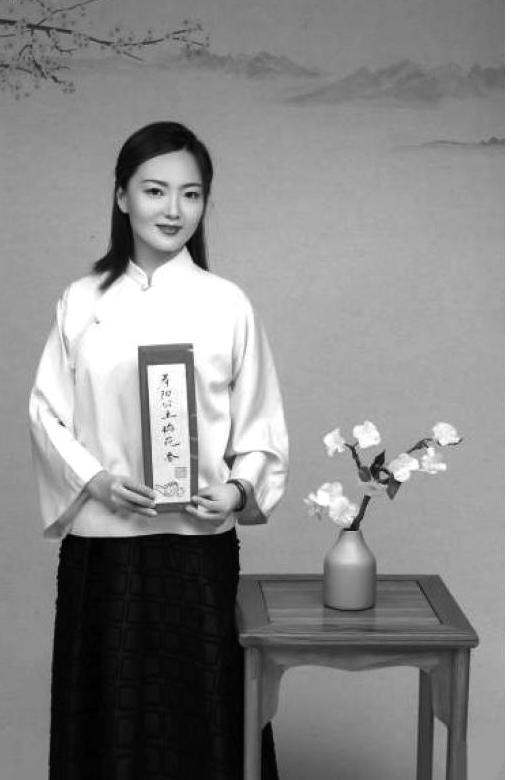Making scents of history古法制香,感受非遗魅力
陈伟

Incense (香) maker Lu Wen, 38, has so far recreated 108 kinds of incense that had once been used in Chinas royal courts based on recipes found in a classic book on the history of incense written during the Ming Dynasty.
Incense smoke, coiling (盤绕) lazily upward, can evoke (勾起) memories, induce a feeling of relaxation and even take our minds to places weve never been to. The tradition of making, applying and appreciating incense in China dates back about 4,000 years. Previous generations used it to make fire, fumigate (烟熏) clothes, create an atmosphere or a special effect at social gatherings and during religious events. It was even applied to healthcare and medical treatments, Lu says. Today, incense can be found in peoples studies or bedrooms, used to create a calmer environment.
The perfumer, as a personal hobby, has been making incense in Lanzhou since 2012. She opened her studio in 2017. She also organizes workshops, teaching enthusiasts how to make it. Last month, Lu held a two?day solo exhibition in Lanzhou, sharing her artworks with visitors.
“What I can do is strictly obey the recipe, using all possible types of perfume and tools the classic book mentions,” she says. The process can be long and complicated, as one type of incense may need a mixture of 15 different ingredients, many of which may have to be individually processed first. “Its experimenting through repeated trial and error,” she explains. “Its just impossible to succeed with just one trial.” Lu once tried 10 times to make a particular type of incense. The first time it failed to burn, the second time the scent was too strong, the third time it created too much smoke, while the fourth it was too fragile. The problems continued to plague (困扰) the process through to the ninth attempt. Patience is required, adds Lu, who, as a graduate from a military college and an army veteran, has much discipline and perseverance.
“Domestically, experts tend to invent their own recipes, and many good, older ones have not been fully passed on,” Lu says. Therefore, she plans to concentrate on recreating old fragrances in the same manner as an architect would restore an ancient palace. “The ancient incense will not decay over hundreds of years and its value cannot be measured by money,” she adds. Lu says she hopes to complete the recreation of more ancient types of incense this year, some of which may be donated to museums in the future.

